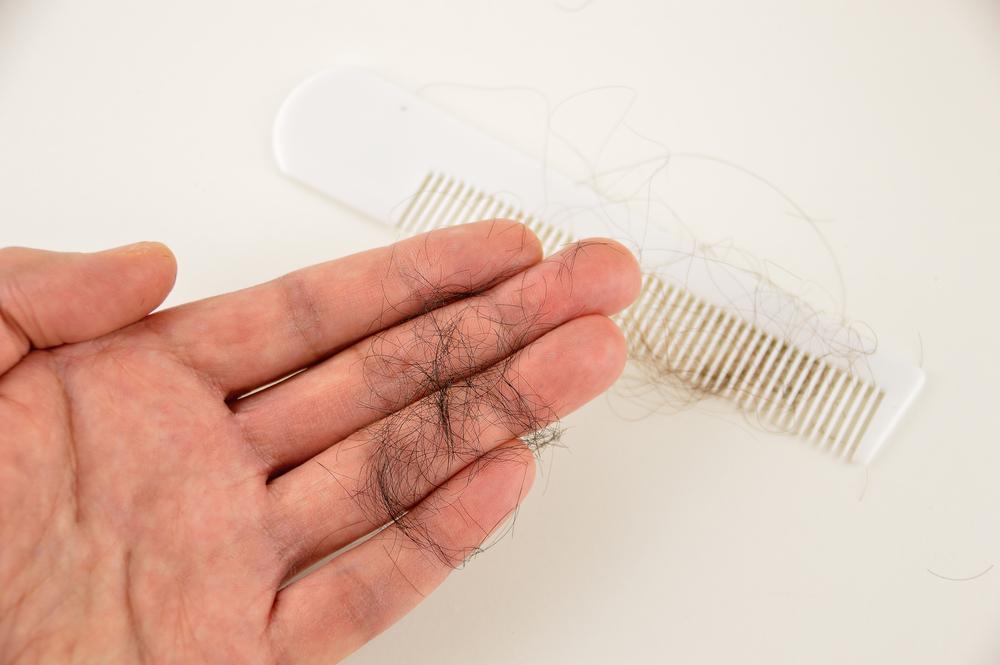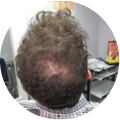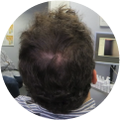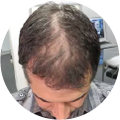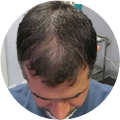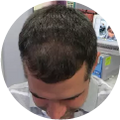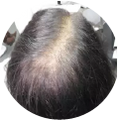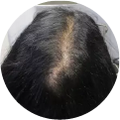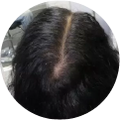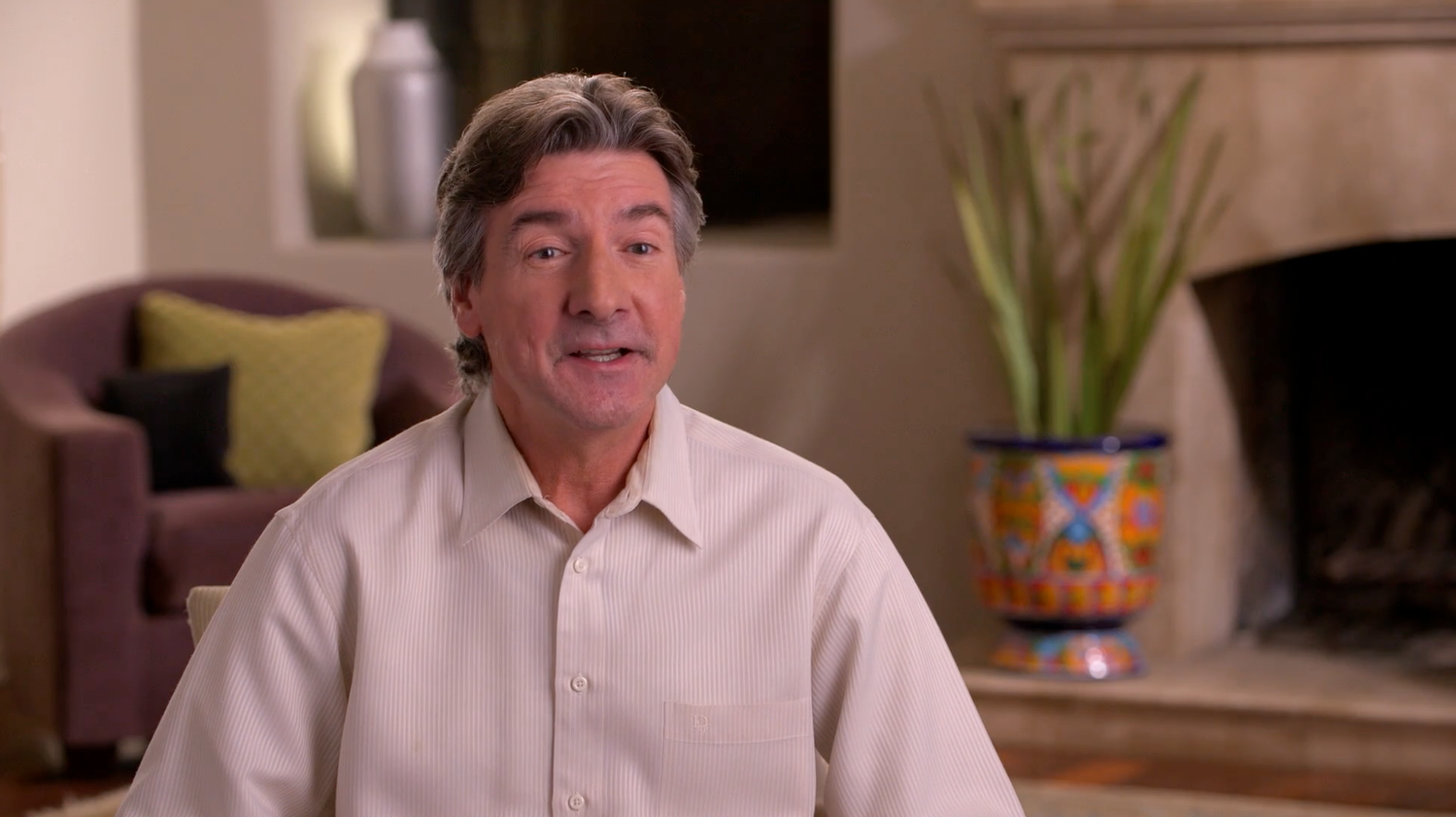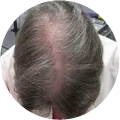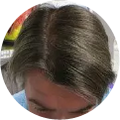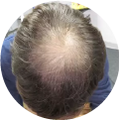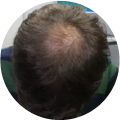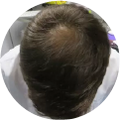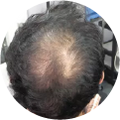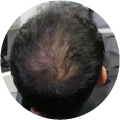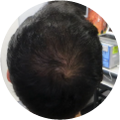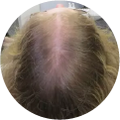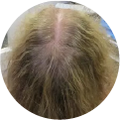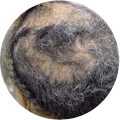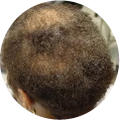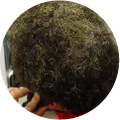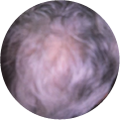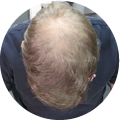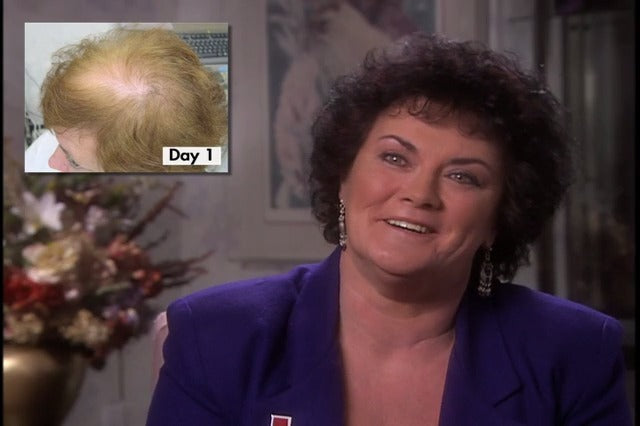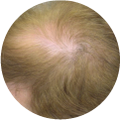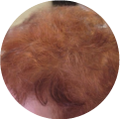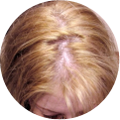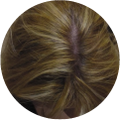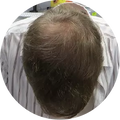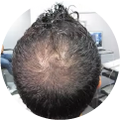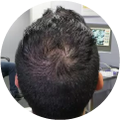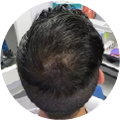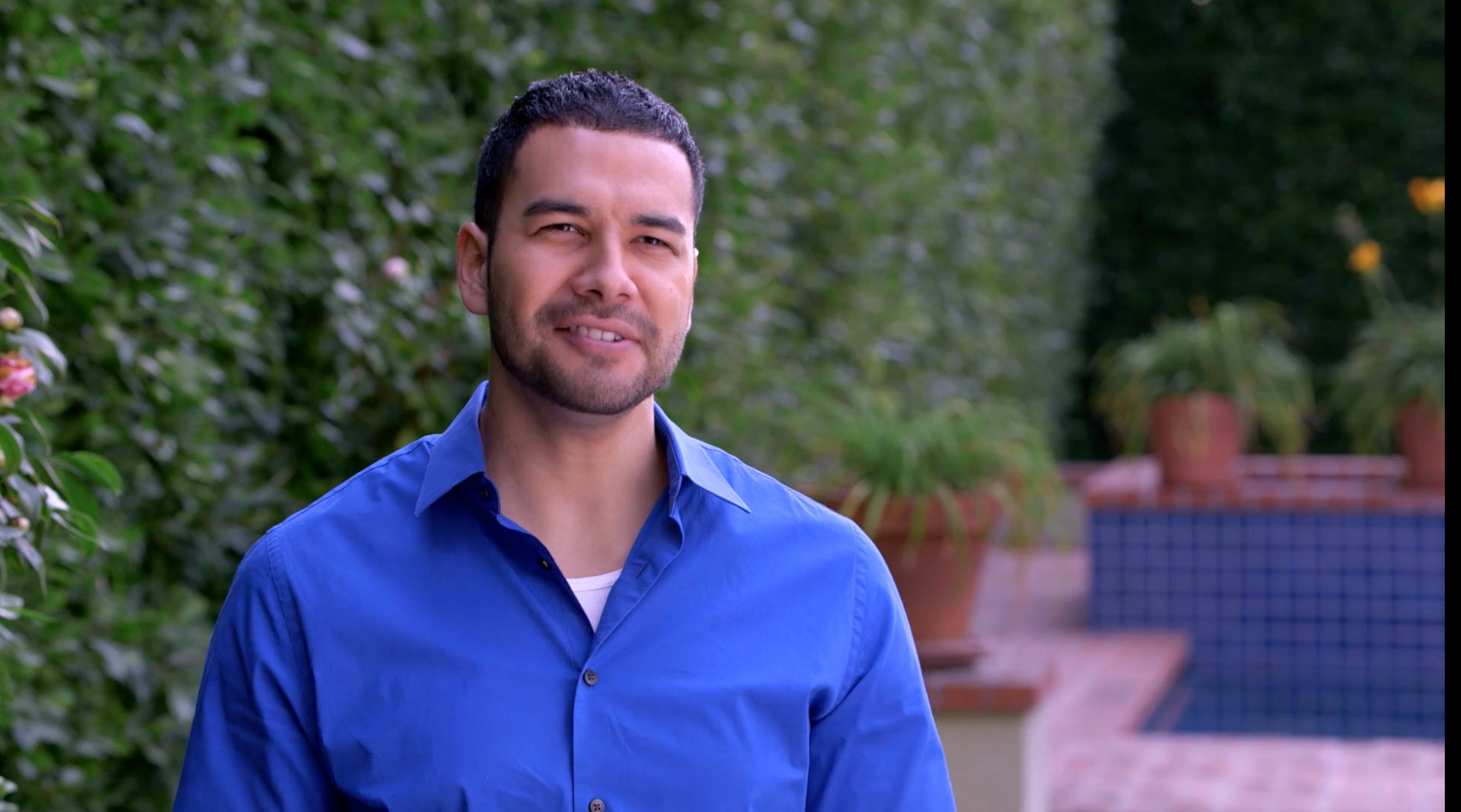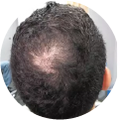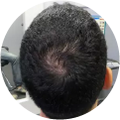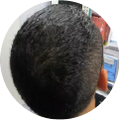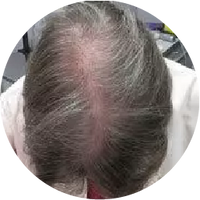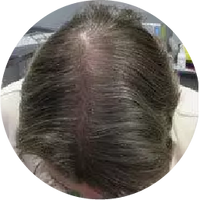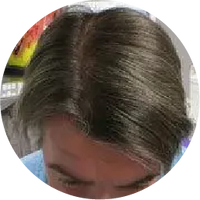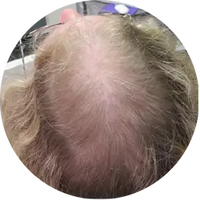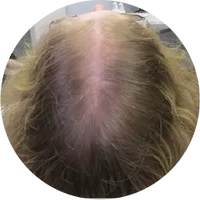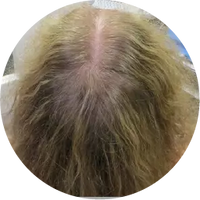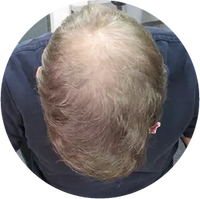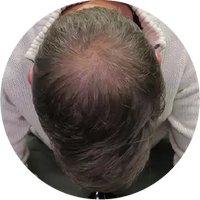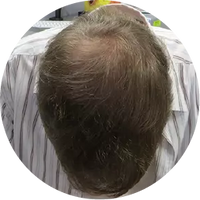
Many women ask themselves, “What is the normal about of hair loss per day?” Hair loss is an issue that many women face and deal with, and while excessive hair loss in women is not a widely-discussed topic, over thirty million women experience moderate to significant hair loss each year. But this begs the question, what causes excessive hair loss in women? In order to understand the complexities of hair loss in women, it is necessary to diagnose the type of hair loss, analyze possible causes for the hair loss, and then seek the correct treatment path to remediate the hair loss. Hair loss in women may not garner the same coverage as hair loss in men, but that does not make it less necessary to understand and treat accordingly.

Diagnosing the Type of Hair Loss
The first step to successfully treating excessive hair shedding in women is to reach the correct diagnosis of what type of hair loss is occurring. Some types of hair loss only affect women periodically, while others are chronic conditions that require more consistent attention to be addressed. For women, there are three main types of hair loss that occur, each with separate symptoms and causes that require different treatment plans. Below are the three most common types of hair loss that affect women.
- Female Pattern Hair Loss (FPHL) is the most common type of progressive hair loss affecting women. Female Pattern Hair Loss is also referred to as Androgenetic Alopecia and is characterized by the thinning of hair around the top and crown of the head, as well as a widening of the center part of the hair. Female Pattern Hair Loss occurs when the hair follicles become miniaturized and decrease in height, growth, and strength with some hair follicles eventually ceasing to grow.
- Telogen Effuvium is a treatable type of hair loss that occurs because of a stressful experience. Telogen Effuvium affects both women and men, and is the most common type of hair loss for people to experience in their lifetime. Telogen Effuvium can be treated in a variety of ways, but the most common tactic is to mitigate and remove the stressor that is causing the hair loss. While this sounds quite simple, in practice it can often take time, patience, and commitment to successfully decrease stress enough to allow hair to regrow.
- Alopecia Areataoccurs as the result of an overactive immune system that mistakenly targets hair follicles and attacks them. One of the markers of alopecia areata is that the hair loss often occurs in round or oval shaped patches.
Causes for Hair Loss
Once the type of hair loss is identified, the next step is to look for the underlying cause of the hair loss to take any necessary remediation measures possible. Below are a few of the common causes of hair loss in women.
- Stressis one of the main causes of temporary hair loss in women. Stress is a natural occurrence in everyday life, but extreme stress can lead to increased hair loss during the shedding portion of the air growth cycle. Anxiety and nervousness also contribute to stress, so successfully managing these conditions can help reduce the amount of hair loss that occurs during the shedding phase.
- Dramatic Weight Losscan cause hair loss by rapidly changing the dynamics within the body and throwing the hair growth cycle into malfunctioning and increasing hair loss. A sudden change pushes the body to respond accordingly. How significant the hair loss is also can be determined by the cause of the dramatic weight loss, such as an illness or eating disorder.
- Iron Deficiency (also referred to as Anemia)affects one in ten women ages twenty to forty and is relatively easy to solve. Iron deficiency occurs due to a lack of iron, which requires an iron supplement to be taken to balance the iron levels.
- Protein Deficiencycan cause hair loss in women due to a diet that is not rich enough in protein. Fish, meat, eggs, nuts, quinoa, and beans are all good sources of protein that will help return protein levels to normal.
- Hormonal Imbalancecan cause women to lose their hair as the body’s hormones govern all processes that occur within the body. A hormonal imbalance can occur from something as simple as switching birth control pills, so it is important to monitor all hormonal imbalances that may be occurring. Hormonal imbalances often affect women after they give birth as well since there is a large shift in the body’s hormones.
Positive Ways to Combat Hair Loss
Determining the right treatment method for hair loss requires a sound diagnosis and an analysis of the underlying causes that may have spurred hair loss to begin. Once this occurs, it is best to meet with a physician and determine the best treatment plan moving forward. In the meantime, there are a few simple ways to maintain positivity while waiting to see the results. One positive way to combat hair loss is to adopt a healthier, improved diet regimen., Not only will this increase overall health, it will also help stimulate hair growth by providing the body with the nutrients it needs. Another positive way to combat hair loss is to begin a vitamin and supplement routine that provides your body everything it needs to grow luscious locks and keep them healthy.
Result-Driven Methods
The best way to combat hair loss is by using FDA approved products that are scientifically proven to bring you results. Make sure the products you select contain Minoxidil. Minoxidil is proven to help stimulate hair growth and is FDA approved. Other ingredients you should look for to help with hair regrowth include amino acids, biotin, chamomile, and green tea. Scalp Med offers a shampoo containing the listed ingredients that is also paraben and sulfate free. Of course, the most important thing to remember is combining a healthy diet, healthy foods, and result-driven products.












